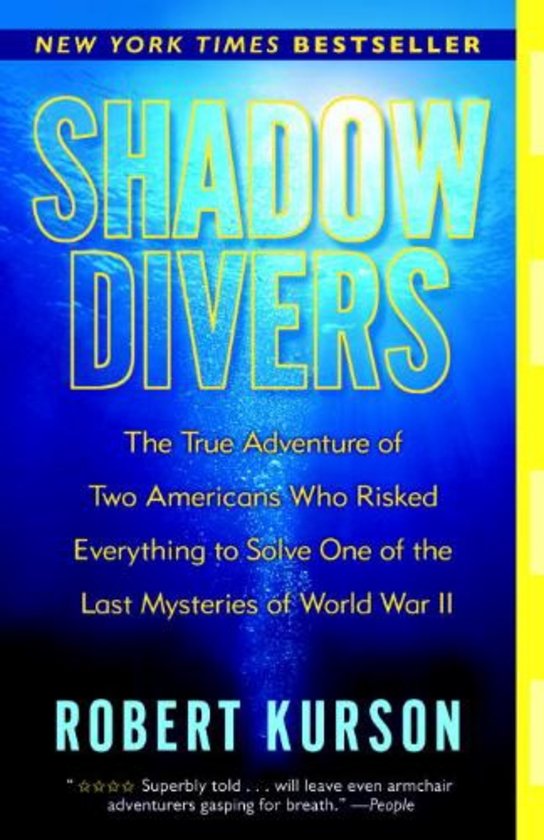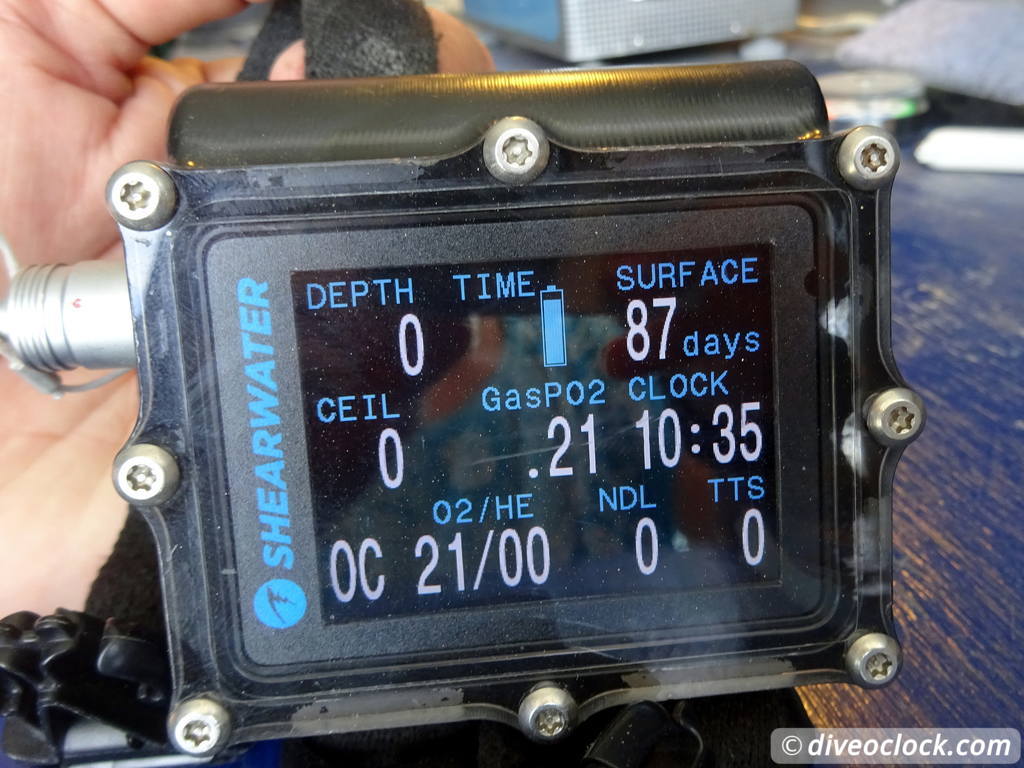
Taking the next step: Intro to Technical Diving
What is your deepest dive? Going deep is not difficult, but solving problems at those depths is. Extreme diving for beginners and my first attempt with technical diving skills.
Quick links
- What is technical diving
- What makes a technical diver different
- Technical diving equipment
- Practicing some technical diving skills
- TDI Advanced Nitrox Course
Technical diving has been fascinating me since I started diving but, to be honest, it scares the hell out of me. Maybe because of the risks of narcosis of diving deeper than 40 meters / 130 feet or because of all the extra gear and strict procedures. Diving inside caves and wrecks at those depths would make me so claustrophobic I would probably do something stupid - and at these depths it becomes life-threatening in a split second.
Quite a few of my friends are technical divers and I have even been on a wreck dive trip to Norway with technical divers. For sure I was the 'flower-diver' of the group, meaning the girl who prefers colorful anemones to hardcore wreck exploration. On the other hand I just wanted to know HOW they do it, what they have learned and how they can stay so calm at those depths or be willing to decompress for hours on the return to the surface. It is often said that you learn a completely new way of diving when you start technical diving. Time to find this out myself...
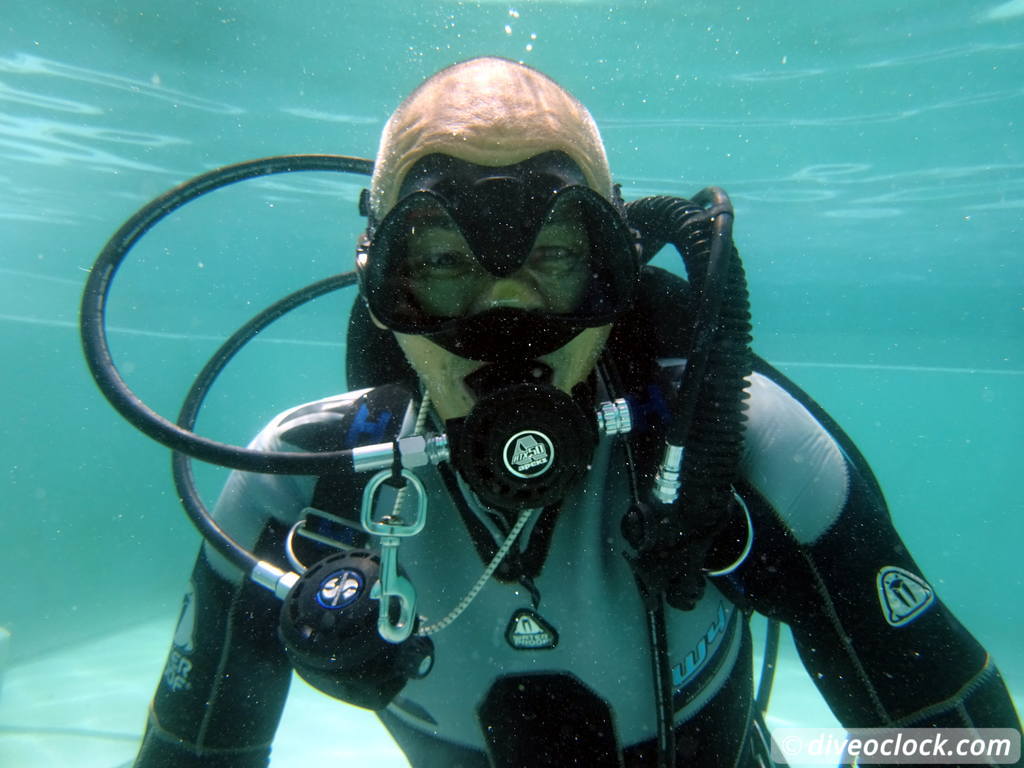
Let's have some FUN with Jeffrey!
While I was staying on Bonaire I luckily met Jeffrey Kempff. He is a Dutch TDI SDI Instructor Trainer (equivalent to PADI Course Director) who has his own technical diving company called THE FUN DIVER. Besides that he is the Dive Operations Manager at Wannadive Bonaire, a PADI Instructor, a great chef, father of two and a real funny guy. If anyone could make me enthusiastic about this, Jeffrey could. Off course the clear tropical waters of Bonaire were a bit more appealing than the cold and often murky waters of The Netherlands for super deep diving as well.

What is technical diving
It seems like everybody has a different opinion about this. To Jeffrey technical dives are dives without direct surface access. Wreck or cave dives where you can not reach the surface vertically or decompression dives, where stops at certain depths are necessary for your body to release decompressed gasses (in short).Decompression stops (necessary) are not the same as safety stops (optional). In recreational diving you are thought NOT to exceed your decompression limit, meaning the maximum bottom time (20 minutes at 30 meters for example). If you exceed the limits you basically have no direct surface access anymore because you have to off-gas before going to the surface. The risk of decompression illness is higher if you are doing a decompression dive. With the Nitrox (Enriched Air) certification you can dive with an oxygen percentage of up to 40% allowing longer bottom times. but this 40% oxygen gets toxic at about 30 meters, How do technical divers do it?
TDI's technical diving courses only use oxygen mixtures for the courses up to 45 meters depth. Anything below 50 meters involves a higher risk of narcosis and this is when you want to use trimix. With trimix you have a blend of three gasses: nitrogen, oxygen and helium. Helium does not do anything for the body but it lowers the level of nitrogen. Diving at those depths involve even greater risks and errors are more likely to be fatal. Not for the faint hearted (me for example!).
What makes a technical diver different
Let's generalize a bit here to understand this group of passionate divers: Technical divers will have a goal to dive. They are well-prepared, controlled and have planned their (deep) dive thoroughly. Going deep is not difficult, it is learning how to stay in your comfort zone and solving your own problems. Technical divers need to think clear and stay calm.Where recreational divers might dive down to a great depth just for the excitement or breaking a personal record a trained technical diver is likely to stay shallow on the same dive. It is all about making a plan and sticking to it. Equipment is set up like a pro, relaxed and with patience (DO NOT TOUCH IT!). You check your own equipment and even underwater you fully rely on yourself. It is not about going deeper with every tech course, it is about learning more skills and problem solving that are involved at those depths.
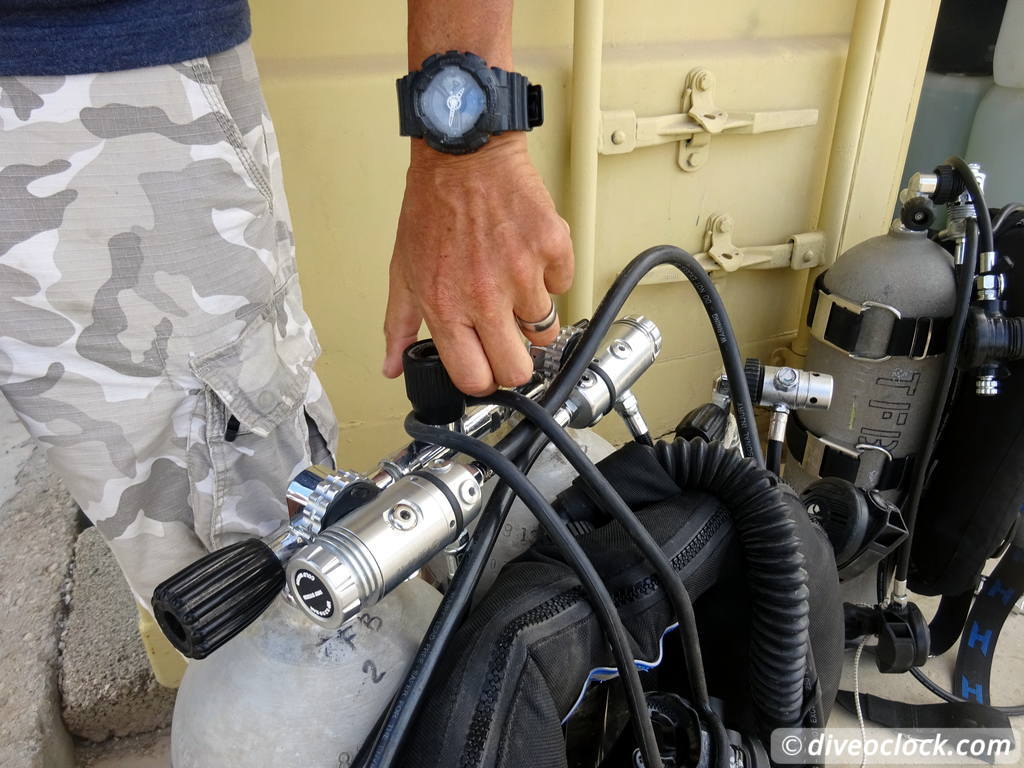
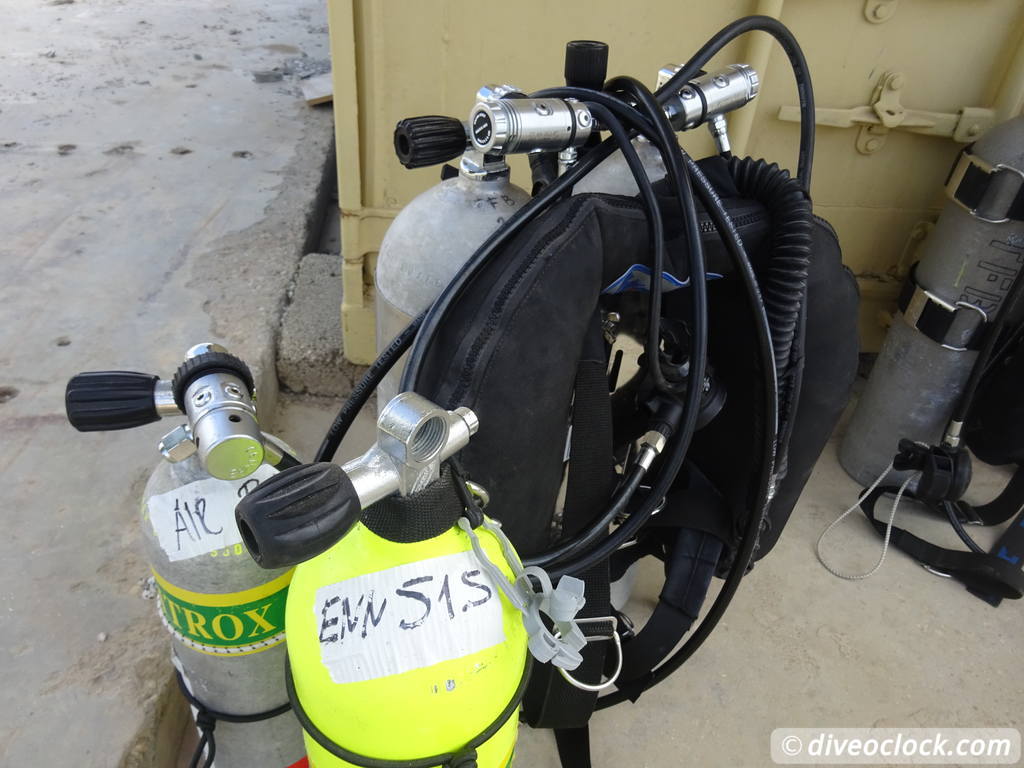
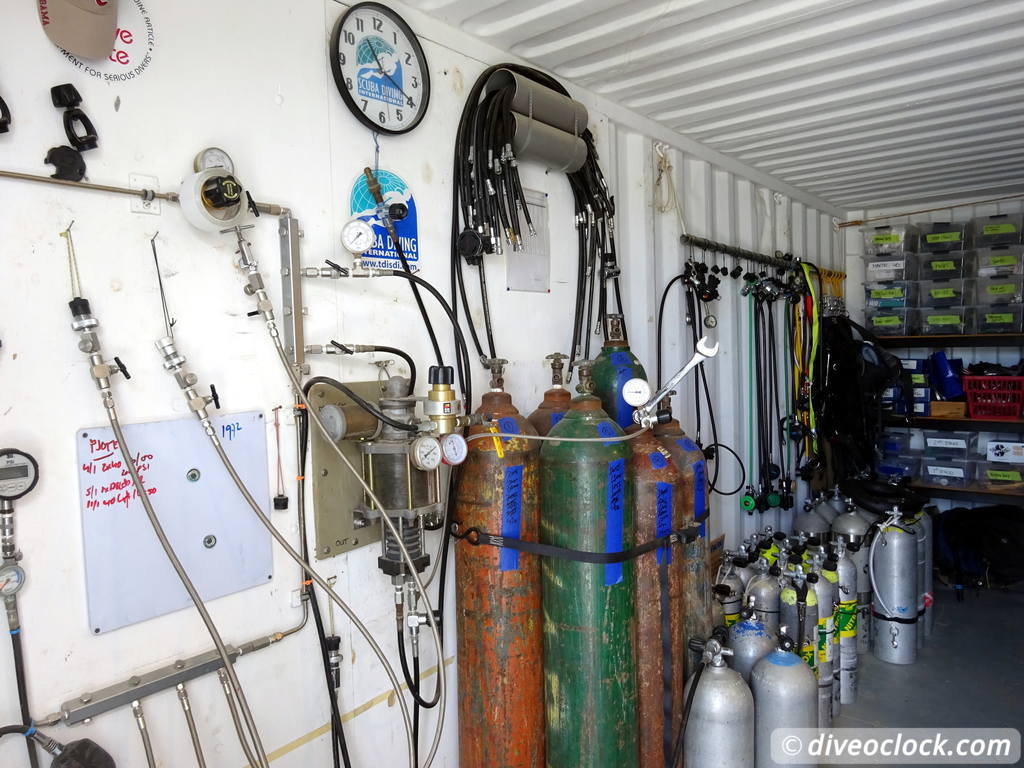
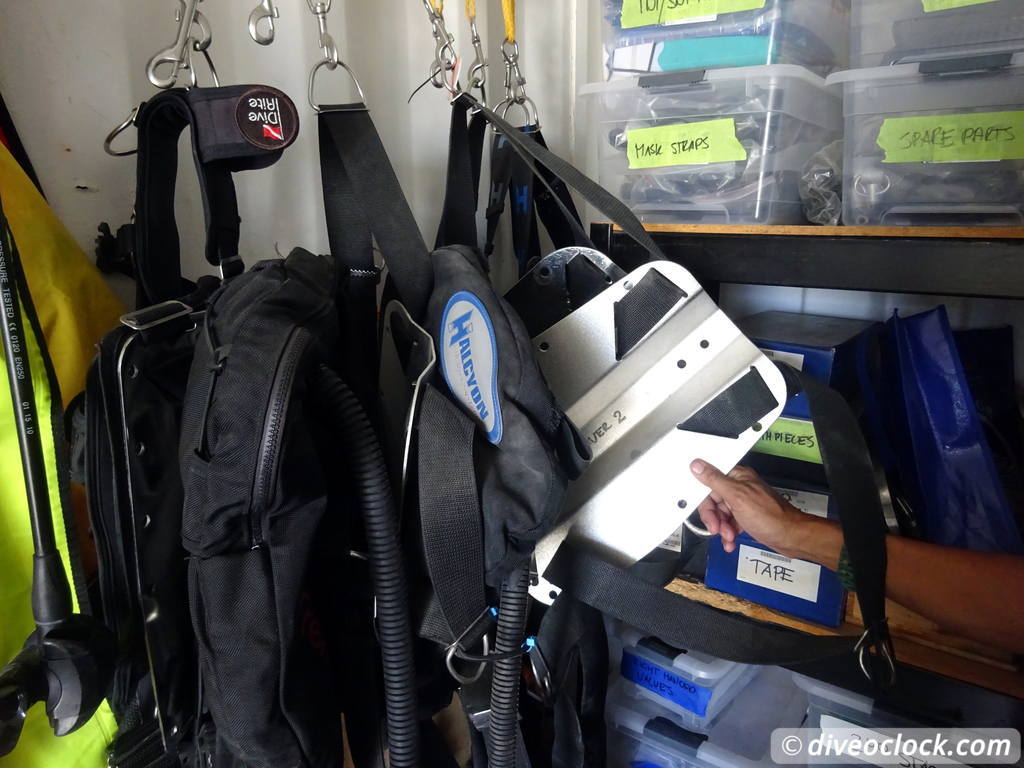

How my technical diving introduction started!

Example of planning a dive with the method of Bühlmann.
Technical diving equipment
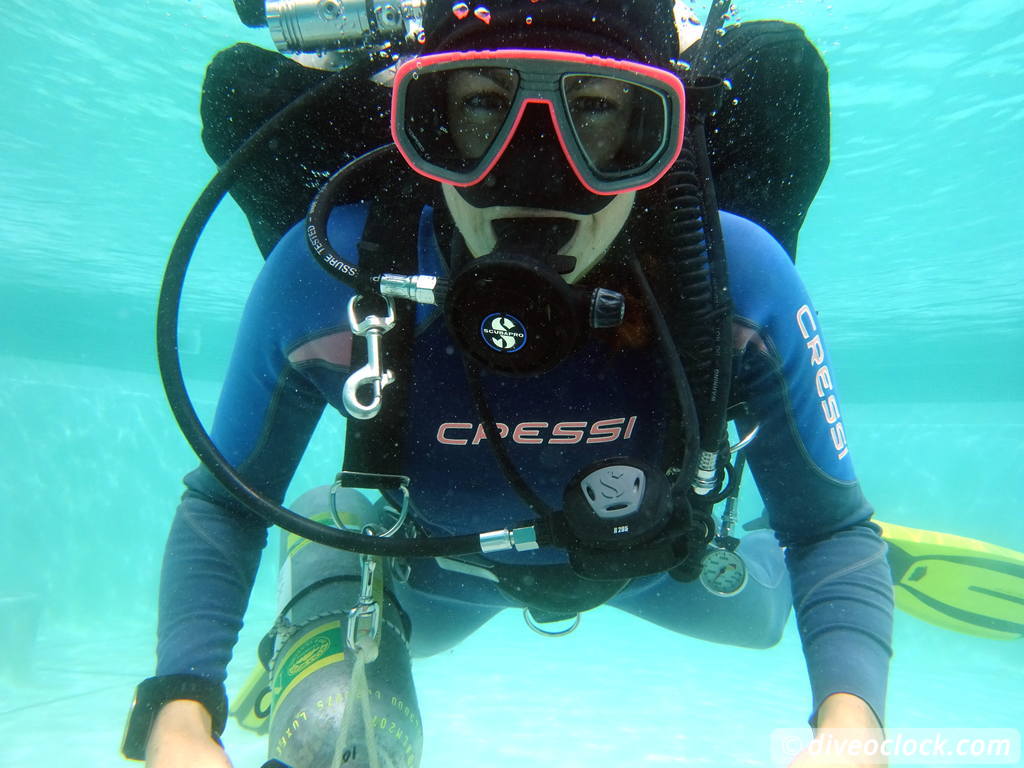
Double tanks, wing, harness and many hoses wrapped around me.
Depending on the dive plan you can dive with tanks with various blends. Quite common is a bailout tank meaning a back-up tank for emergencies, like a stage bottle at 5 meter. In technical diving it often refers to a high oxygen tank (up to 99%). Pure oxygen becomes toxic at 20 feet (6 meters) but you can shorten the decompression time with a higher oxygen intake. Especially when breathing pure oxygen at 5 meters you need to be really stable in the water to prevent oxygen toxicity because if you are bumping up and down with the waves it can be dangerous. Trained technical divers are well-trained for this. They do not seem to move in the water, they dive as stable as a table.
Having spare gear on you can be a lifesaver, especially if you are doing decompression dives. Carrying an extra mask, extra computer, even a liftbag to replace your BCD. It all makes perfect sense but hey, you have to carry it to and from the water. Technical diving can be physically more challenging than recreational diving but it also really depends on the dive plan. The deeper you go the more tanks you need for example but as mentioned before, it is not all about diving deep. Diving with two tanks is not necessarily technical diving but you will not find a trained technical diver with a single tank on deep dives for various reasons. Probably I asked Jeffrey a hundred questions since we started off with a cup of coffee in the beach bar. Time to hit the water!
Practicing some technical diving skills
With a double tank set on my back and a bailout tank which we pretended to be filled with a high oxygen percentage I descended to the bottom of the pool. Diving with a double set was not new to me but having a third tank took some time to balance. Mask remove and replacement was the first skill. As a dive instructor this is a standard exercise so - no problem. The second skill was problem solving with a free flowing regulator, meaning your tanks will be empty in no-time. Since the tanks on my back where connected with another valve (total of three valves) I have to focus on which one to open or close carefully when something happens. Although it all makes sense which one to close and open, I did it WRONG the first time. Well, closing and opening the right valves went OK but when a second problem was simulated I changed to the decompression gas, killing myself with oxygen toxicity. Oooooops! Luckily I had another chance and did it right the second time.Technical diving is all about practicing until you master a skill. Doing the skill right once or twice is not enough to proceed. The only thing I thought after doing it wrong was: I WANT MORE OF THIS! It is such a great new learning experience, an eye opener. There is a lot more to learn, it is challenging, super serious but so much FUN as well! Finally after years of resisting I experienced a tiny bit of technical diving - AND I LOVED IT!
One year later I finished my TDI Advanced Nitrox course in Spain.
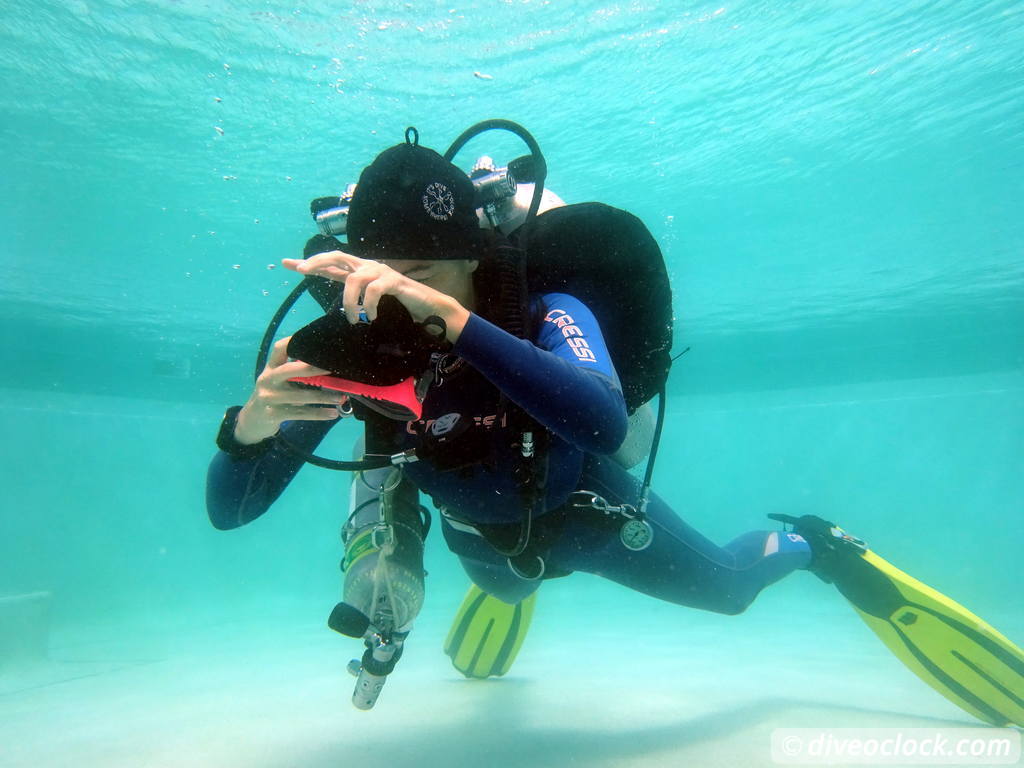
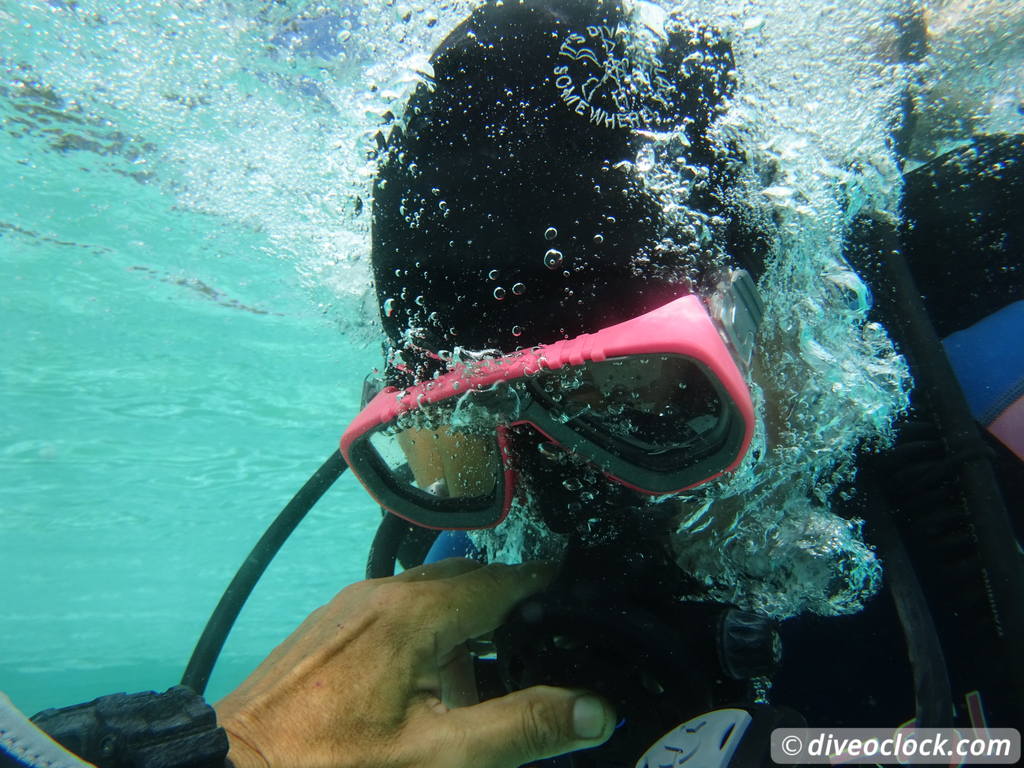
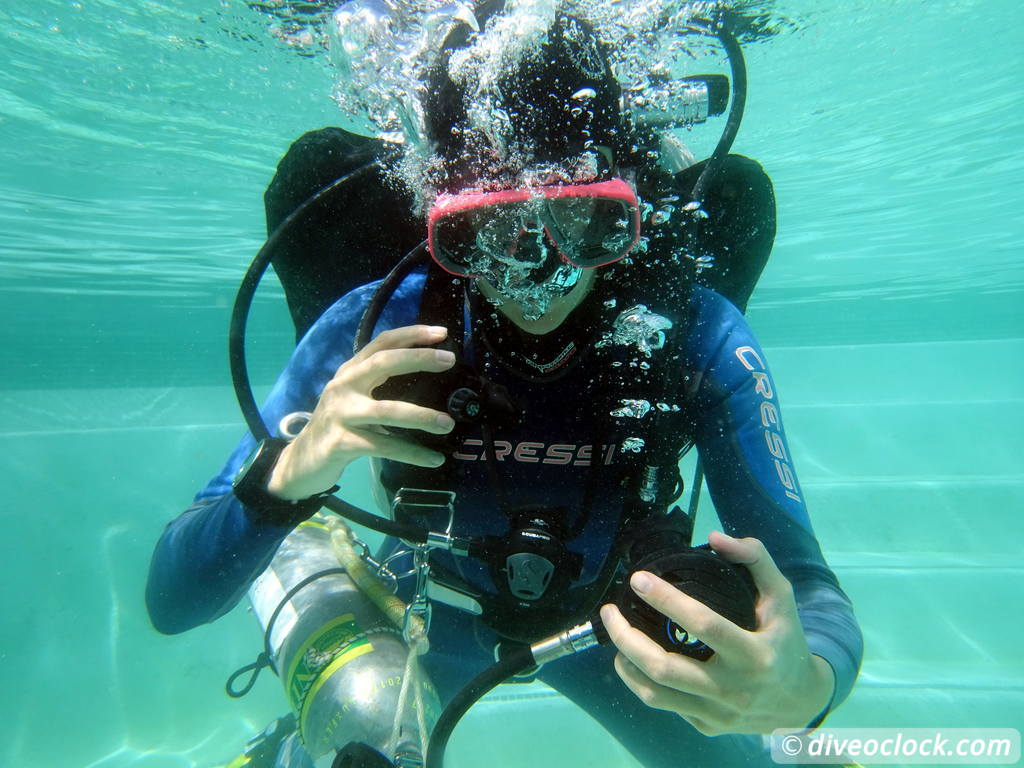
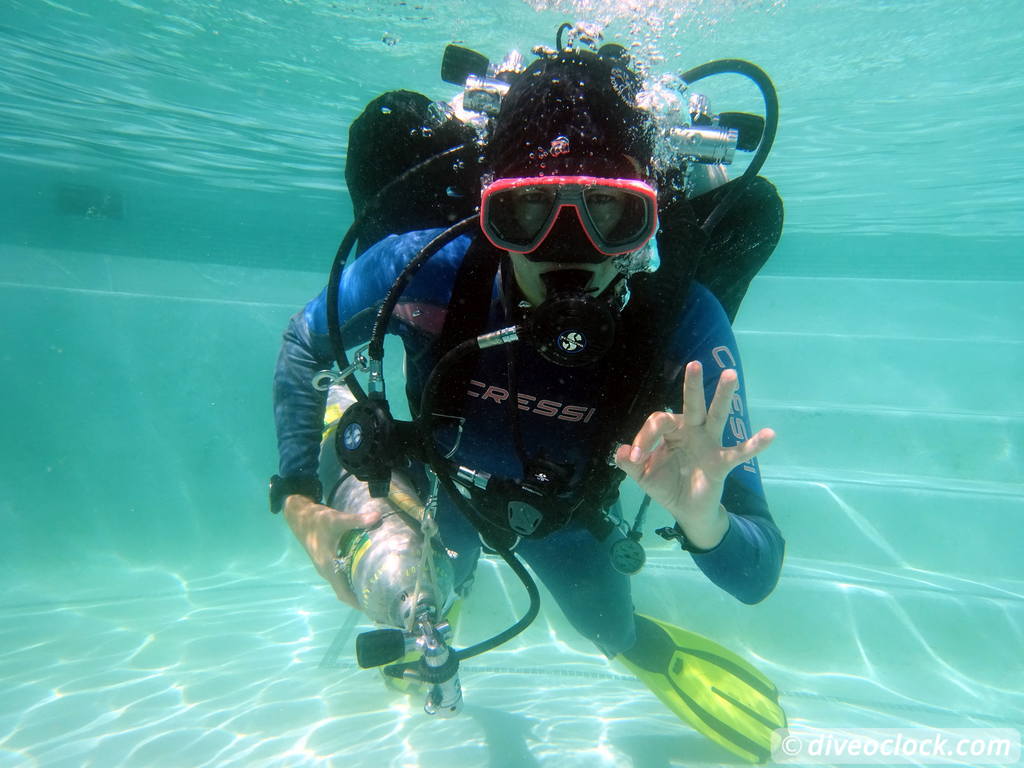
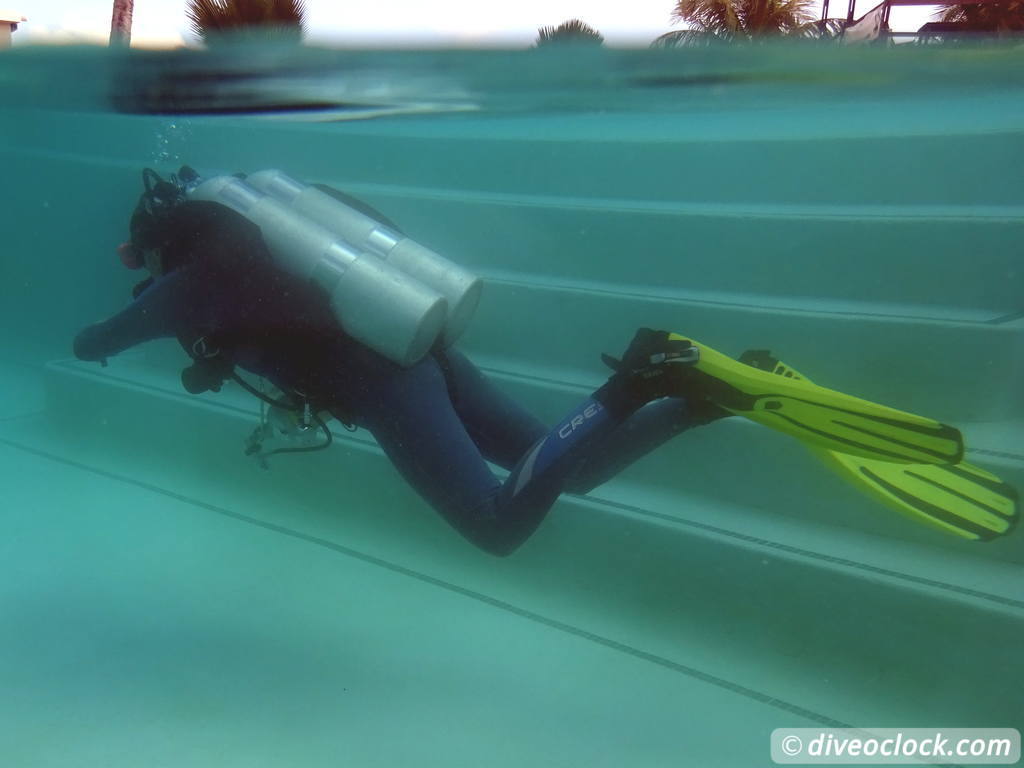
Practicing mask replacement, closing tanks and switching regulators
TDI Advanced Nitrox Course
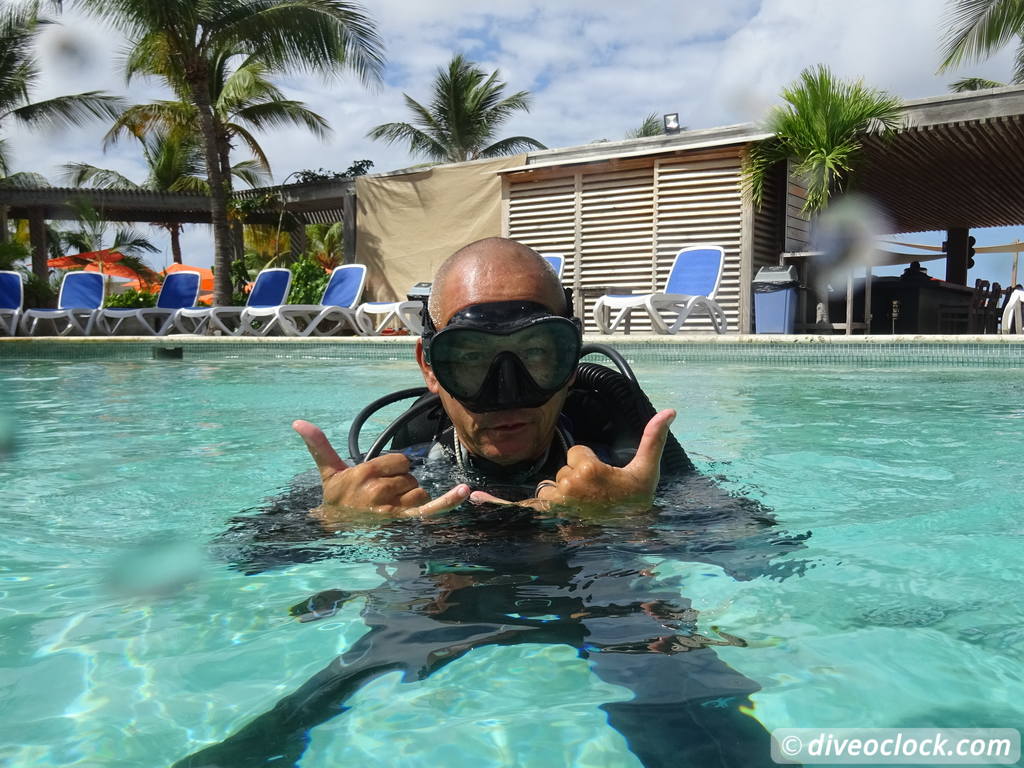
Tech diving with Jeffrey Kempff!
Find a technical diving school by using this search engine (select dive center feature: Technical Diving Courses) and contact the dive center.
Thanks to Jeffrey Kempff for taking the time to answer all my questions (and they kept coming) and sharing a bit of his passion for technical diving. It was really FUN and I will be back for more! Read more about SCUBA diving around Bonaire: Getting THE BEST out of SCUBA DIVING BONAIRE!
Would you try technical diving one day? Share your thoughts below!
If you like this post, hit that like button on our Facebook page and stay tuned for more!
Marlies Wolters
Founder of Dive O'Clock "It's dive o'clock somewhere!"
Founder of Dive O'Clock "It's dive o'clock somewhere!"

Continue reading
Share this page:





